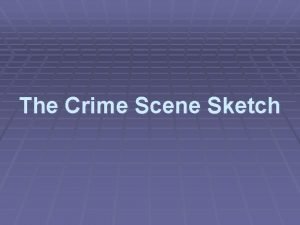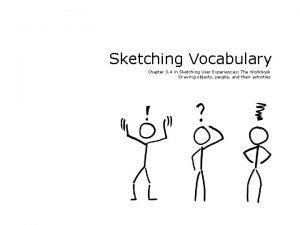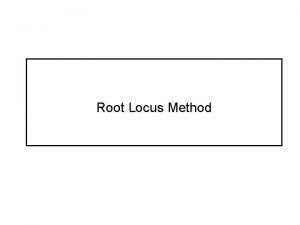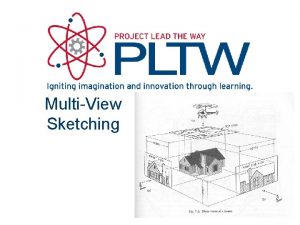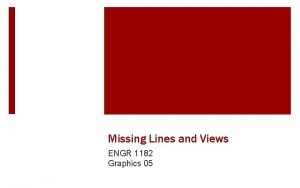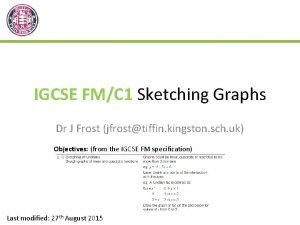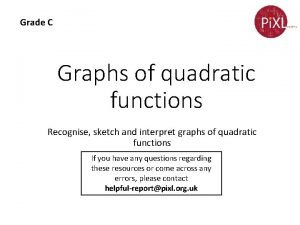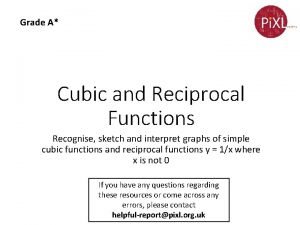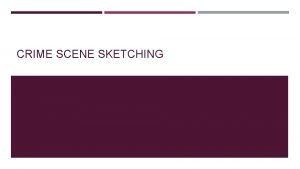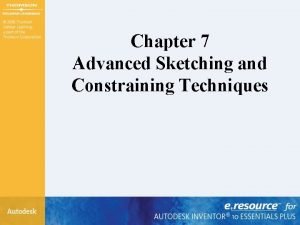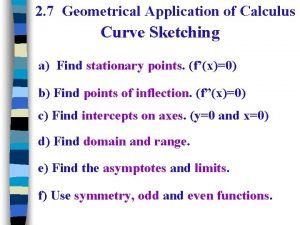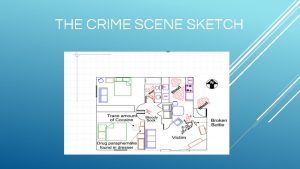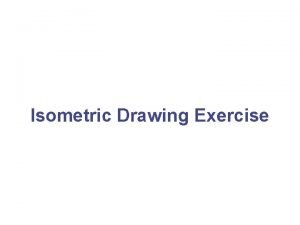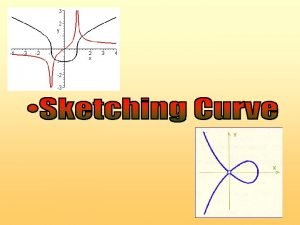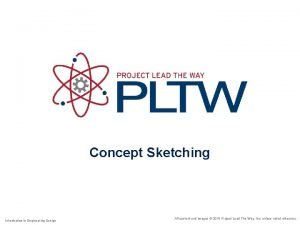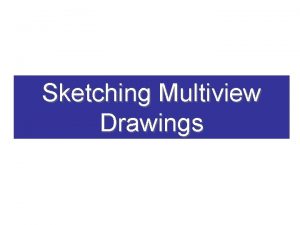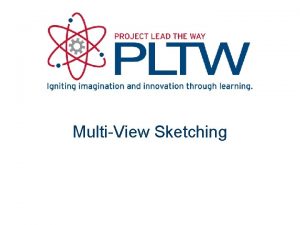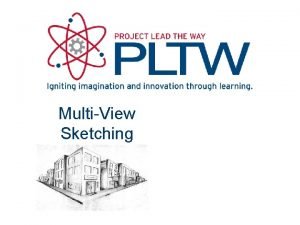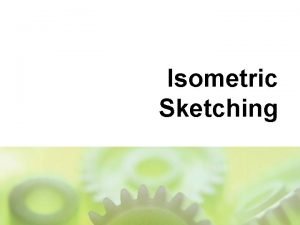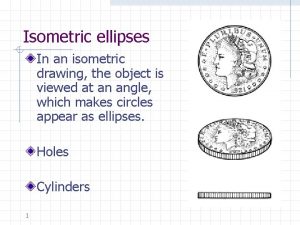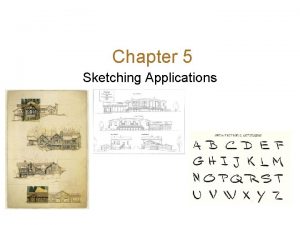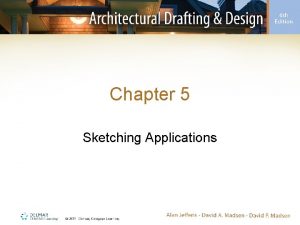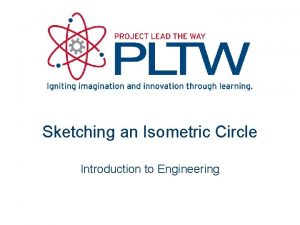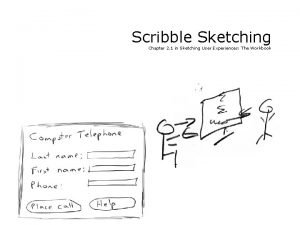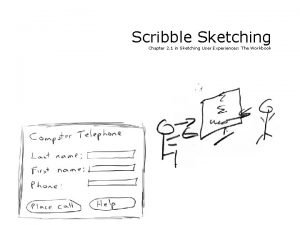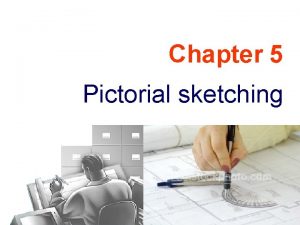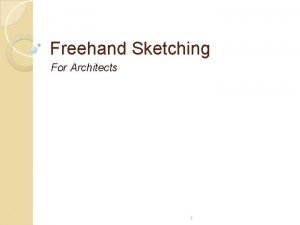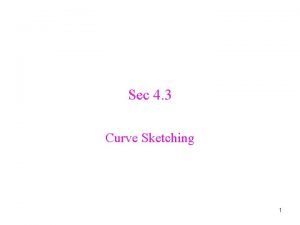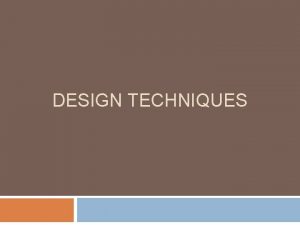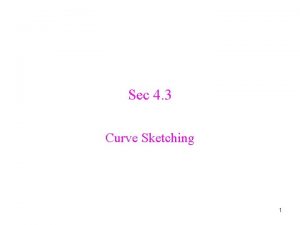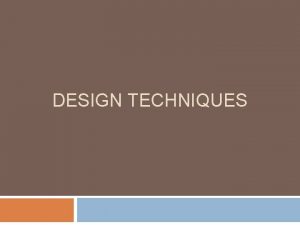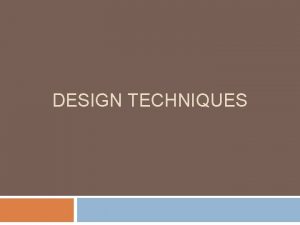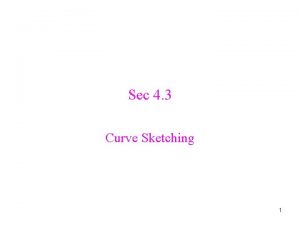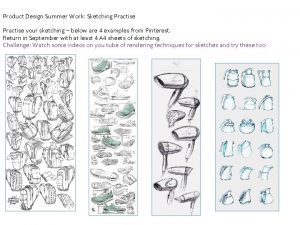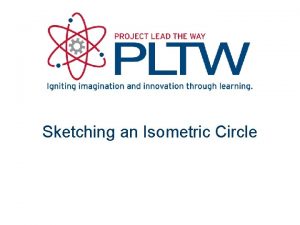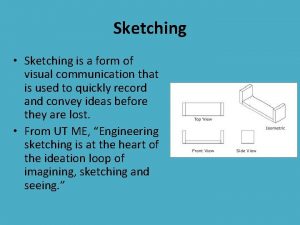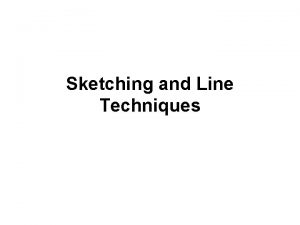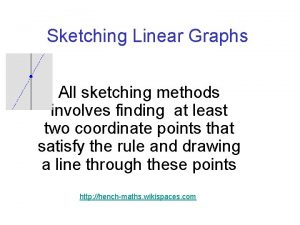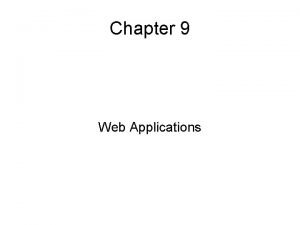Chapter 5 Sketching Applications Introduction Sketching i e


























- Slides: 26

Chapter 5 Sketching Applications

Introduction • Sketching (i. e. , freehand drawing) – Drawing without drafting equipment – Only paper, pencil, and an eraser needed – Fast, visual communication – Asset for communicating technical concepts

Introduction • Sketching may be used by: – Drafters – Computer-aided drafters – Architects – Designers

Sketching Tools and Materials • Pencils – Should have soft lead • Common No. 2 • Mechanical pencil with H, F, or HB lead • Automatic 0. 7 -mm or 0. 9 -mm pencil with F or HB lead – Point should be slightly rounded • Paper – Almost any type works

Sketching Straight Lines

Sketching Circular Lines • Techniques: – Trammel method – Hand-compass method – Nail-and-string method


Measurement Lines and Proportions • All lines are related in sketches – Size and direction • Sketches should be proportional – Actual size depends on paper and sketch size • Pencils – May used as a ruler for measurement


Measurement Lines and Proportions (cont’d. ) • Blocking – Helps determine shapes and proportions



Introduction to Multiview Sketches • Multiview projection – Views of an object as projected upon two or more picture planes in orthographic projection • Elevation views – Two-dimensional views established by a line of sight perpendicular to the object surface


Isometric Sketches • Provide a three-dimensional (3 D) pictorial representation of an object – Isometric lines are on or parallel to one of the three original isometric axes – Circles and arcs appear as ellipses




Orthographic Projection • Projection of features of an object onto an imaginary plane (i. e. , plane of projection) – Projection of features is made by lines of sight perpendicular to the plane of projection


Multiview Projection • Establishes two or more views of an object as projected on two or more planes – Uses orthographic projection techniques • Elevations – Two-dimensional exterior views of a structure • Proper view selection – Six primary views



Projection of Features from an Inclined Plane • In multiview projection, features of objects that are: – Parallel to projection planes appear true size and shape – Not parallel to projection planes are foreshortened, and not in true size and shape


 Management myths in software engineering
Management myths in software engineering Cross projection method sketching
Cross projection method sketching Sketching vocabulary
Sketching vocabulary Rough sketch of crime scene
Rough sketch of crime scene Sketching root locus
Sketching root locus Multi view sketches
Multi view sketches Missing view orthographic projection
Missing view orthographic projection Isometric sketch of a chair
Isometric sketch of a chair Dr frost functions
Dr frost functions Sketching graphs of quadratic functions
Sketching graphs of quadratic functions Sketching reciprocal graphs
Sketching reciprocal graphs Scene
Scene Advanced sketching techniques
Advanced sketching techniques Sketching graphs calculus
Sketching graphs calculus Cross projection sketch
Cross projection sketch Sketching as a tool for numerical linear algebra
Sketching as a tool for numerical linear algebra How to draw isometric box step by step
How to draw isometric box step by step Curve sketching examples with solutions doc
Curve sketching examples with solutions doc Concept sketching engineering
Concept sketching engineering What type of technical drawing is presented
What type of technical drawing is presented How to read slope fields
How to read slope fields Design right
Design right What is a multiview sketch
What is a multiview sketch Multi-view drawing
Multi-view drawing Multi view sketching
Multi view sketching Isometric sketching
Isometric sketching Ellipse isometric
Ellipse isometric

